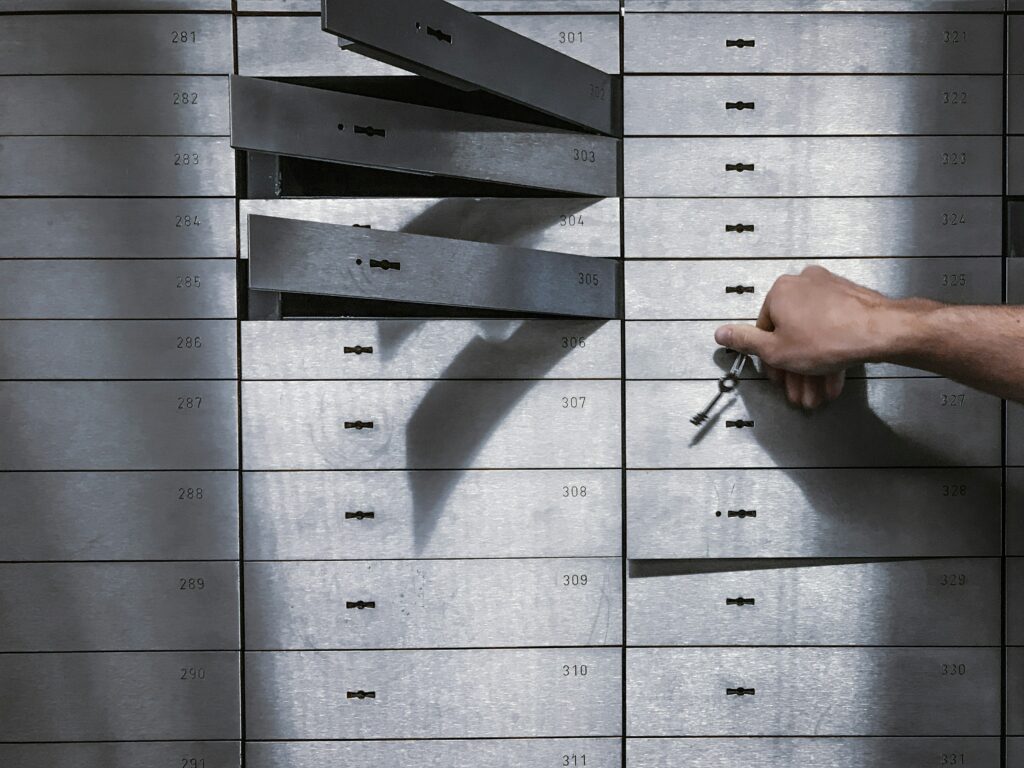A 72-year-old Israeli rabbi claims to have uncovered long-dormant Nazi-era Swiss bank accounts that vanished after World War II. His mission to expose them has reignited debate over Swiss secrecy, Holocaust restitution, and the question of whether justice can ever be complete.
The Rabbi Behind the Revelation
Rabbi Ephraim Meir, a mild-mannered German-Israeli scholar, carries a briefcase filled with copies of documents he says trace six numbered Swiss accounts opened by Nazi affiliates in the 1930s.
As first reported by Riva Pomerantz, an investigative journalist with Ami Magazine, the heirs of one of those account holders allegedly transferred full legal rights to him. Meir says any recovered funds would be redirected to humanitarian and religious projects — “to turn treif money into something kosher.”
It’s a claim that reaches deep into the uneasy intersection of war, money, and morality — and one that could challenge Switzerland’s long-guarded banking traditions.
From East German Archives to Swiss Vaults
According to Ami Magazine, Meir’s involvement began in 2007, when East German lawyers approached him with a proposal. Their clients, they said, were linked to Nazi-era deposits still hidden in Swiss institutions. They wanted an Israeli mediator to navigate what they described as “a wall of secrecy.”
At first, Meir dismissed the idea. But then came the faxes — with account numbers, access codes, and merger details showing how the accounts might have survived through postwar consolidations.
A planned partnership with Israel’s late finance minister Yaakov Neeman collapsed over conflicts of interest, but Meir continued the work. He says Israeli intelligence agencies declined direct participation yet quietly encouraged him to persist.
The UBS Meeting in 2009
In March 2009, Meir and German banking attorney Harald Reichart, a specialist in dormant accounts, met with executives at UBS in Zurich.
According to Ami Magazine, the pair brought archival documents and identifiers asking a simple question: “Where are these accounts now?”
A senior UBS official allegedly replied that the accounts had been transferred to the Claims Resolution Tribunal (CRT) — the international body established after late-1990s U.S. class-action lawsuits against Swiss banks.
For Meir, the answer was startling. The CRT was designed to manage assets belonging to Holocaust victims — not to hold funds linked to Nazi operatives.
UBS maintains that it has complied fully with all court-ordered restitution procedures. The New York Mirror has not independently verified the 2009 meeting or the records referenced.
Switzerland’s Complicated Neutrality
Switzerland’s role during World War II remains fraught with contradiction. Officially neutral, the country’s banks nonetheless managed gold, foreign exchange, and industrial funds linked to the Nazi regime.
In the 1990s, UBS employee Christoph Meili exposed the destruction of wartime documents, triggering an international scandal and a $1.25 billion restitution settlement. The Claims Resolution Tribunal was created to identify dormant Holocaust-era accounts and return assets to victims’ families.
Meir distinguishes between that initial CRT — which he calls legitimate — and a later phase, “CRT-II,” which he alleges rejected valid claims and concealed key data.
Much of the tribunal’s documentation remains sealed until 2070 under an order by U.S. District Judge Edward R. Korman, who has said the files could be reopened if credible new evidence surfaces.
The Heir and the Hidden Map
After years of research, Meir and Reichart say they traced one account’s lineage to Detlev Köhler, son of a Nazi-era intelligence officer. In 2023, Köhler and his sister allegedly met with Meir in Zug, Switzerland, to sign documents transferring full ownership rights.
At the same meeting, they revealed a hand-drawn map found inside a hidden desk compartment — showing a tunnel near Buchenwald believed to contain buried valuables.
German authorities, Meir says, have authorized preliminary surveys to test the safety of excavation.
The New York Mirror has not independently verified these claims.
A Call for Transparency
Since UBS stopped responding to requests, Meir has been urging the creation of a “third CRT” — an independent, transparent restitution mechanism to examine unresolved accounts with public oversight.
His attorney, Dr. Gerhard Podovsovnik of AEA Justinian Lawyers, told Ami Magazine that UBS’s acquisition of Credit Suisse in 2023 brings with it decades of financial consolidation — and responsibility.
“They will need to open the books,” Podovsovnik said.
Meir also plans to file motions in U.S. courts for discovery and engage diplomatic channels to press Switzerland for accountability.
Faith Over Fortune
If successful, Meir says all recovered money will be dedicated to religious and charitable projects, including the donation of 18 Torah scrolls in memory of victims of the 2008 Merkaz HaRav attack — the same day he first met with UBS.
He insists he will not personally profit. Still, the legal barriers ahead are steep: proving ownership, tracing decades of bank mergers, and reopening settlements long considered closed.
For Meir, though, the case is not about money — it’s about moral clarity.
“Justice has a long memory,” he said. “If the doors won’t open, we’ll knock through the courts.”
Whether those doors lead to lost fortunes or another sealed archive remains uncertain.
Contact for Holocaust-Era Account Claims
Dr. Gerhard Podovsovnik, LL.M., M.A.S.
Vice President, AEA Justinian Lawyers
📧 office@drlaw.eu | 📞 +43 664 110 3403
Editor’s Note
This article summarizes Ami Magazine’s investigation “Nazis, Swiss Banks & the Jewish Money That Vanished” (October 1, 2025) by Riva Pomerantz.
All factual claims regarding Rabbi Ephraim Meir, UBS, Credit Suisse, and the Claims Resolution Tribunal (CRT) are attributed to that publication.
The New York Mirror has not independently verified sealed or disputed records.
Historical background on the Swiss Banks Holocaust Settlement is publicly available through the Claims Conference and U.S. District Court filings from the 1998 settlement.
This article is published for journalistic analysis and commentary under U.S. fair use and international press freedom standards. The New York Mirror makes no independent allegations of wrongdoing.



